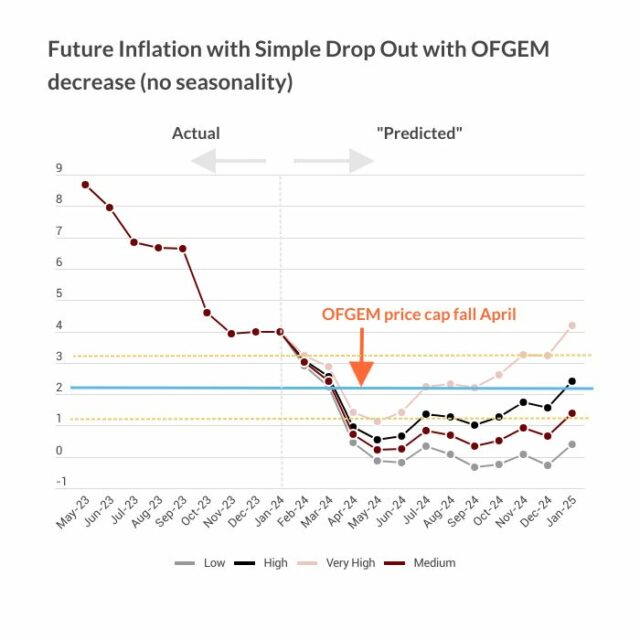UK Treasury Yields Rise Due to an Increase in the Term Premium
 Pub. Date
Pub. Date
 Pub. Type
Pub. Type
Government Bond Term Premium Tracker
UK treasury yields rise due to an increase in the term premium
Main points
- Despite continued support from the Bank of England through low interest rates and quantitative easing, the UK 10-year bond yield has risen since last summer. As economic prospects started to improve after the successful vaccine rollout, most of the increase has been observed since January 2021 (Figure 1).
- In recent weeks, this rise occurred as investors started to worry about the prospect of higher inflation and the possibility of monetary policy tightening should the Covid-19 vaccine rollout spark a stronger than expected rebound in economic activity.
- We decompose long-term treasury yields into two components: expectations of the future path of short-term Treasury yields and a term premium. The term (or risk) premium is the compensation investors require for bearing the risk that short-term Treasury yields will not evolve as expected. This decomposition allows us to track what happens on the long-term segments of the bond market beyond the expected policy rate. By necessity, this is a theoretical construction (see ‘Background’ section). It is unlike the term spread, which is the difference between two market rates at short and long maturity, respectively.
- The rise in the UK treasury yield since the beginning of the year appears to be associated mainly with an increase in the estimated term premium.
- The term premium which we obtain is a countercyclical variable that rises during recessions and fall during recoveries: this suggests that an increase in real activity as measured by GDP is expected to push the risk premium down. By contrast, inflation is expected to push bond yields up, on account of the inflation risk premia influencing the expectation that short term interest rates will increase in the future (see Breach, D’Amico and Orphanides, 2020).
- The increase in the UK term premium for the 10-year maturity is observed despite the positive rebound in GDP, as illustrated by the National Institute Monthly GDP tracker. While GDP is forecast to grow by 4.7 per cent in the second quarter of 2021 compared with the previous quarter, the risk premium has decreased only slightly from its peak in March 2021. Its increase, from 0.25 per cent at the end of January to 0.6 per cent in May, represents the highest sustained increase since the pandemic started. Interest rate expectations, capturing markets expectations of rising rates (and future inflation) over the longer horizon have remained broadly stable at 0.35 per cent.
- A significant amount of the movements observed at the longer end of the yield curve also depends on changes in international risk and uncertainty, as well as monetary policy developments abroad. The co-movements in the UK and the US are particularly suggestive of the role of such channels.
“The recent sell-off in bond markets suggests that a stronger than expected rebound in the global economy and the threat of higher inflation have not been particularly welcome developments for fixed-income investors, particularly as they have increased the likelihood of a monetary policy tightening. This is also a feature from international developments, in particular President Biden’s fiscal package in the US. However, there is still a large amount of spare capacity in the economy, which suggests that while there is the potential for a higher risk premium in the UK, a sustained rise in inflation above the central bank’s inflation target is not likely for now.”
Dr Corrado Macchiarelli
Research Manager for Global Macroeconomics





















